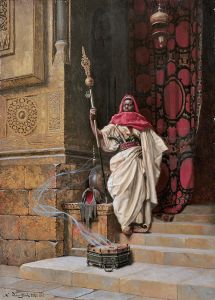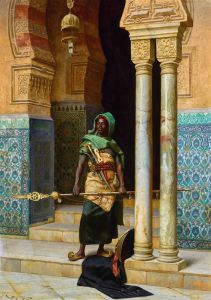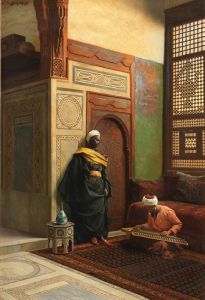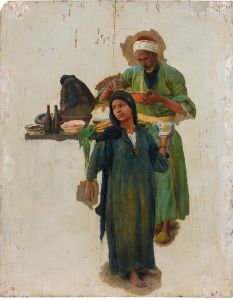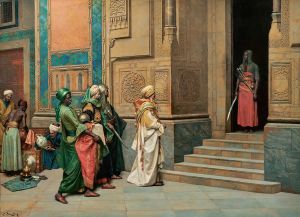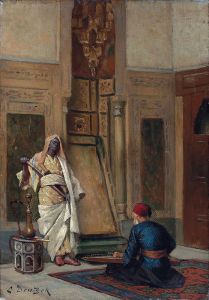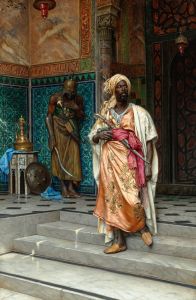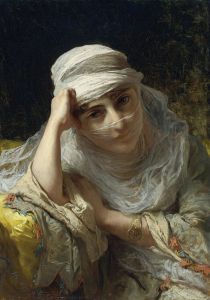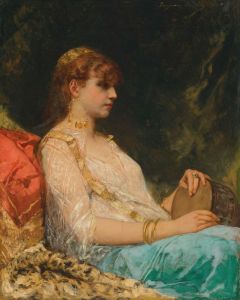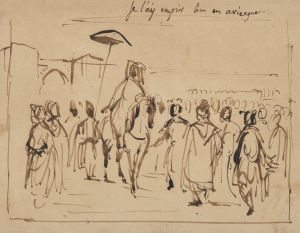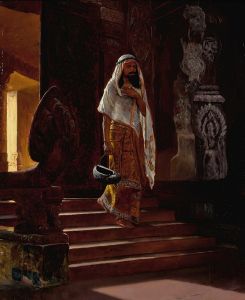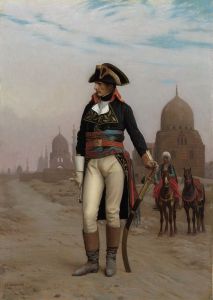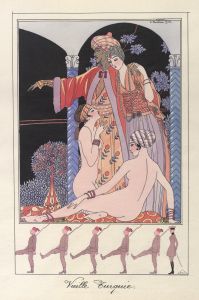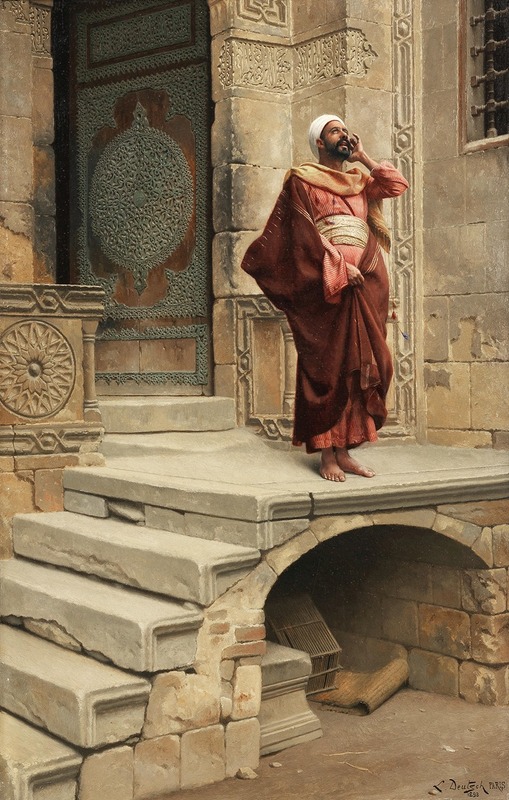
Calling the Faithful
A hand-painted replica of Ludwig Deutsch’s masterpiece Calling the Faithful, meticulously crafted by professional artists to capture the true essence of the original. Each piece is created with museum-quality canvas and rare mineral pigments, carefully painted by experienced artists with delicate brushstrokes and rich, layered colors to perfectly recreate the texture of the original artwork. Unlike machine-printed reproductions, this hand-painted version brings the painting to life, infused with the artist’s emotions and skill in every stroke. Whether for personal collection or home decoration, it instantly elevates the artistic atmosphere of any space.
Ludwig Deutsch was an Austrian painter known for his Orientalist works, which vividly captured scenes from the Middle East and North Africa. One of his notable paintings is "Calling the Faithful," created in 1900. This artwork exemplifies Deutsch's meticulous attention to detail and his fascination with the cultures and traditions of the Islamic world.
"Calling the Faithful" depicts a muezzin, a person appointed at a mosque to lead and recite the call to prayer, known as the adhan, to the faithful. The scene is set in an architectural context that reflects the Islamic tradition, with intricate designs and motifs that are characteristic of Middle Eastern architecture. Deutsch's work is celebrated for its precision and the way it captures the textures and colors of the setting, from the ornate tiles to the garments worn by the figure.
Deutsch was part of a broader movement of Orientalism in art, which saw Western artists drawing inspiration from the East. This movement was characterized by a romanticized portrayal of Eastern cultures, often emphasizing exoticism and opulence. Deutsch, like many of his contemporaries, traveled extensively to gather inspiration and material for his works. His travels to Egypt and other parts of the Middle East provided him with firsthand experiences that he translated into his paintings.
The painting "Calling the Faithful" is a testament to Deutsch's skill in rendering light and shadow, as well as his ability to convey a sense of atmosphere. The use of light in the painting highlights the figure of the muezzin, drawing the viewer's attention to the central action of the call to prayer. The detailed rendering of the architectural elements serves to situate the scene within a specific cultural and religious context, providing a backdrop that enhances the narrative of the painting.
Deutsch's work is often noted for its photographic realism, a result of his precise technique and his use of photographs as references. This approach allowed him to achieve a high level of detail and accuracy in his depictions of people and places. "Calling the Faithful" is no exception, showcasing his ability to capture the nuances of human expression and the intricacies of architectural design.
The painting is part of a larger body of work by Deutsch that explores themes of faith, tradition, and daily life in the Islamic world. His paintings are housed in various private collections and museums, where they continue to be appreciated for their artistic merit and their contribution to the understanding of Orientalist art.
In summary, "Calling the Faithful" by Ludwig Deutsch is a significant example of Orientalist art, reflecting the artist's dedication to capturing the essence of the cultures he encountered. Through his detailed and atmospheric portrayal of a muezzin calling the faithful to prayer, Deutsch offers viewers a glimpse into a world that fascinated many Western artists of his time.





